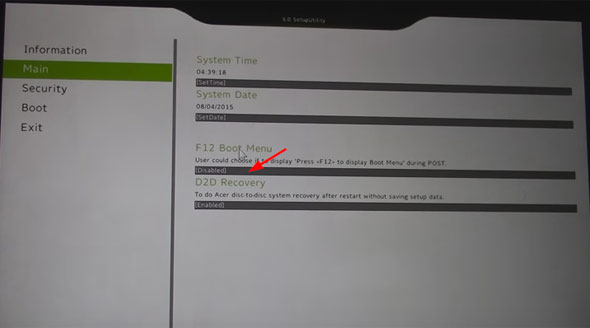


Once done, you can run Microsoft's health checker app to confirm the status. This should allow Windows 11 to install. In case you have an Intel CPU then you need to switch to TPM and for AMD you need to check PSP fTPM in the BIOS. In case Microsoft's Windows 11 upgrade checker tells you that your PC isn't supported but it meets all the other requirements then you need to check your BIOS to enable TPM.Īlmost every modern CPU comes with TPM support.


I even loaded the update for legacy bios and it would detect the usb but not load it. I even use f12 to boot the usb and even when its detected it wont run whats on it. The wall im hitting is not that the bios doesnt detect the USB sometimes it detects it some times it doesnt(comes out as PNY Usb next to Usb hdd) but even when i set the bios to load the usb first it just doesnt run whatever is on the usb. It would try to load OS(W8.1) but then the blue sad face pc crash screen pops up and then it try to load Auto Repair but all i get is a black screen.I have no USB restore setup (no optical drive on machine) so i decided to try a clean install.ive tried all the steps i found on this forum (deactivate secure boot, putting usb to boot first, F12 to choose usb boot, Rufus Usb Boot creator with a ISO i downloaded from windows media creator, Win7 Boot media creator, FAT32 format usb drive, bootsec.exe for 32 bit usb creation and many others). Hi guys.I have an Acer E1 which started to bootloop.


 0 kommentar(er)
0 kommentar(er)
